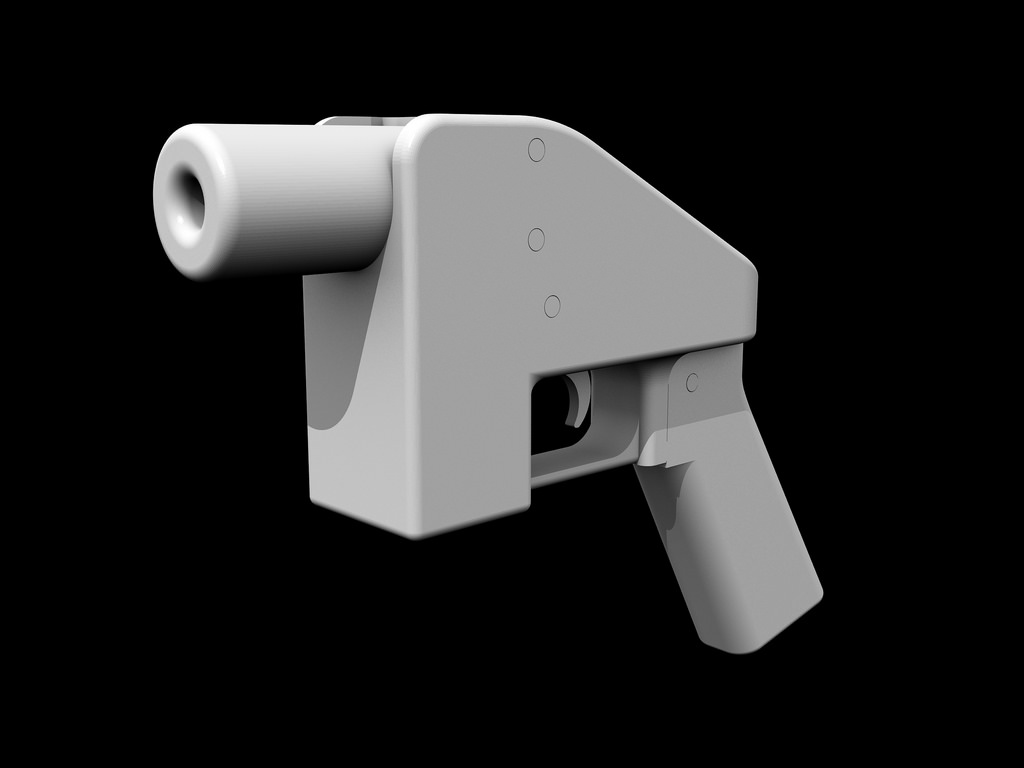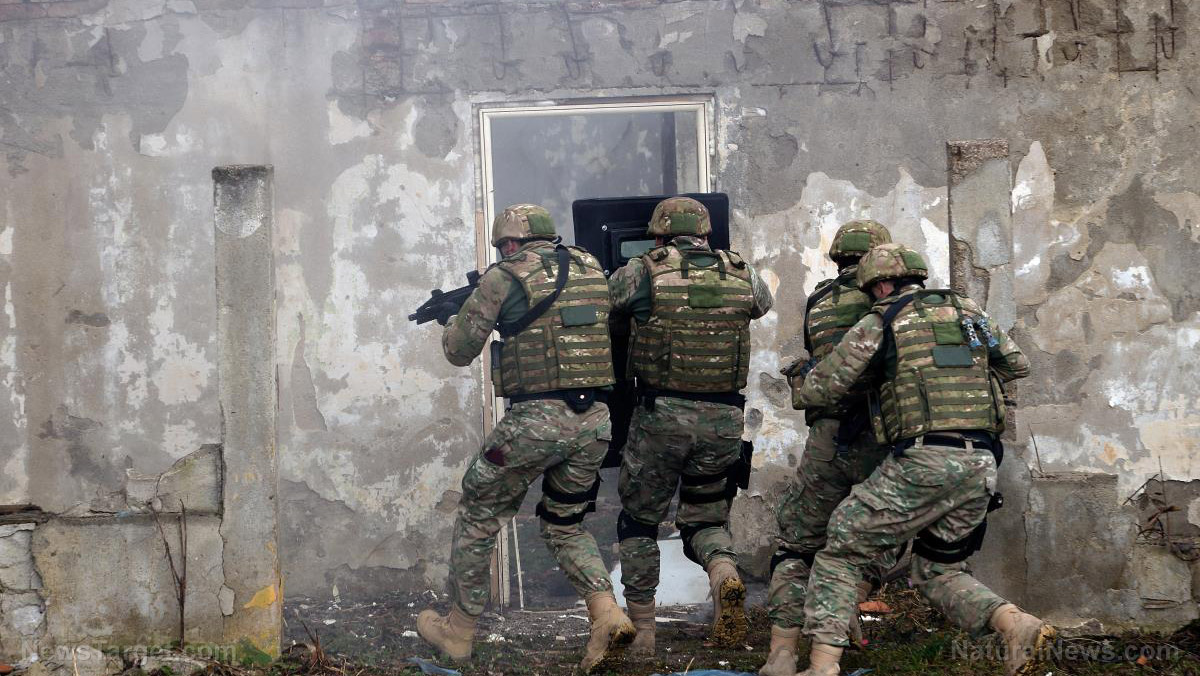Homelessness, addiction in Atlantic City resist easy answers
11/07/2016 / By resistnews

ATLANTIC CITY — On a cold morning last Monday, social workers and police officers walked around Brown’s Park, looking for anyone in need of housing or other help.
Article by Michelle Brunetti
Small numbers of people approached a table for information or free bottled water.
Nearby, Bonnie Parker, 24, slept in a lawn chair in a section of the park frequented by heroin users. When she woke up, she said she hadn’t slept there all night, but had stayed with a friend.
But she said she probably would spend much of the day and evening there, using drugs.
Parker wore a thin jacket and flip flops for shoes. Atlantic City police Officer Jose Gonzalez gave her a pair of jeans to put on over leggings, and said he would find her a better coat and shoes.
“Three years ago I started sleeping under the Boardwalk,” said Parker, who said she moved to the city from Camden with a boyfriend who got her into drugs. She lost her two children, ages 4 and 1, she said, and all of her family to her drug abuse.
Now she said she spends her time getting money to buy heroin and cocaine.
“I do anything,” she said, including prostitution and selling drugs. “I’m too stubborn to let anybody help me. Until (I’m ready) there’s nothing anybody can do.”
Concerns from Atlantic City businesses about panhandling and other disruptive behaviors, such as urinating and defecating outside, prompted social service and government agencies to hold a “summit” on the homeless, mentally ill and addicted recently.
But while participants agreed the opiate and heroin epidemic has exacerbated longstanding mental health and addiction problems here, few felt the group came up with new answers or approaches to an age-old problem.
There is even evidence that fewer people are homeless in the resort.
Jewish Family Service’s Atlantic Homeless Alliance has run the county intake center for those who are homeless or at imminent risk of homelessness since 2014 at the county office building here.
The AHA is hosted and funded by the county, and works closely with the Atlantic City Rescue Mission, the Pleasantville Housing Authority and the John Brooks Recovery Center, said AHA Senior Director Ann Thoresen.
The number of homeless entering the system has gone down each year since, she said.
There were 3,014 total intakes in 2014, for an average of 280 per month. This is compared with 1,441 through September of this year, which averages 160 per month.
Since 2014, about 34 percent of people coming through the JFS program have been matched with permanent housing, Thoresen said.
Atlantic County Executive Dennis Levinson said he felt there was consensus that the city needs a daytime drop-in center for homeless people and more enforcement of existing laws.
“I’ve been getting complaints about the amount of indigents around, and needles being picked up in the parks,” he said. “There is public drinking in Brown’s Park. These are things that are solvable if the laws are enforced.”
Like many who work in social service and law enforcement, Tourism District Commander Tom Gilbert advocates bringing more people into the existing system.
“The goal is to connect to people who may be disconnected,” said Gilbert, who has led policing efforts there since the district was created in 2011. “We don’t want to constantly arrest people with addiction problems.”
People with addiction and mental health problems often fall in and out of the system, Gilbert said.
Tanger Outlets/The Walk General Manager Donna Danielson, who attended the summit, thinks cooperation is the answer.
Read more at: pressofatlanticcity.com




















